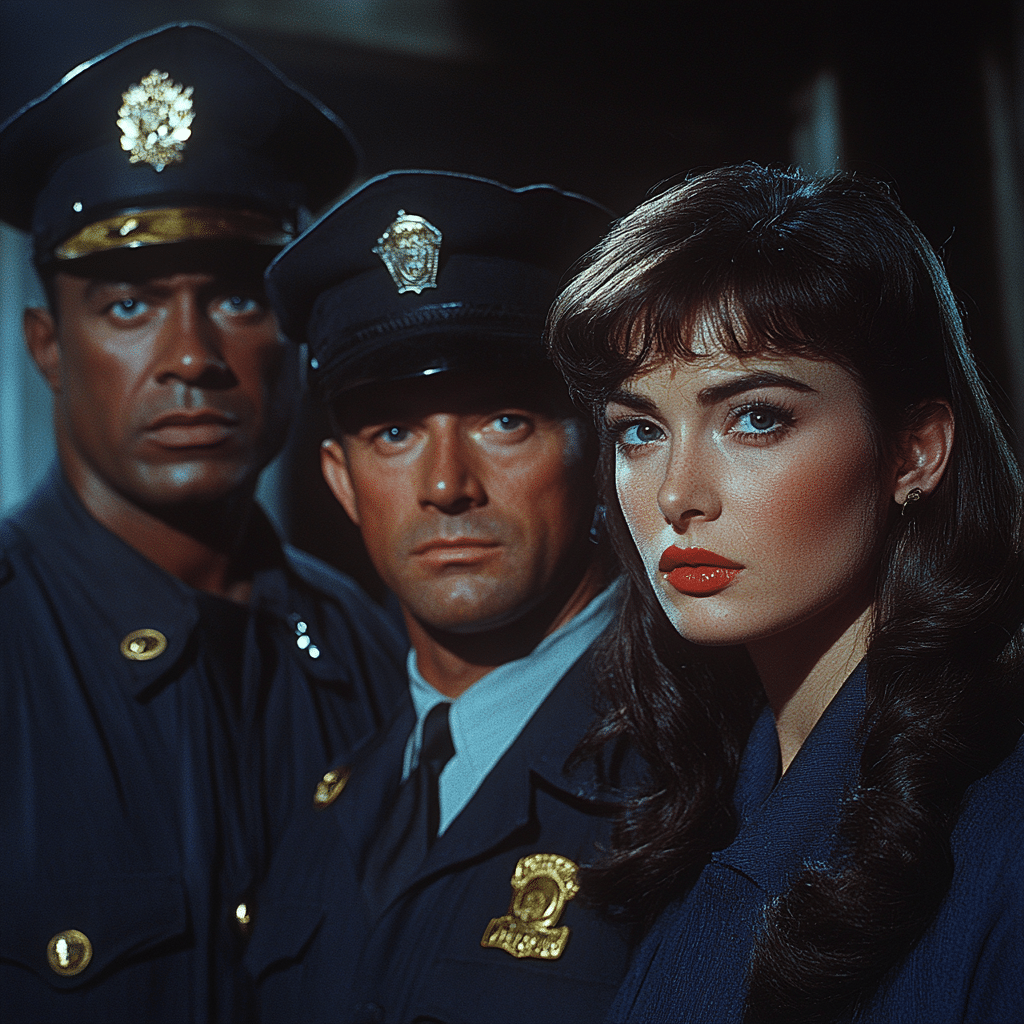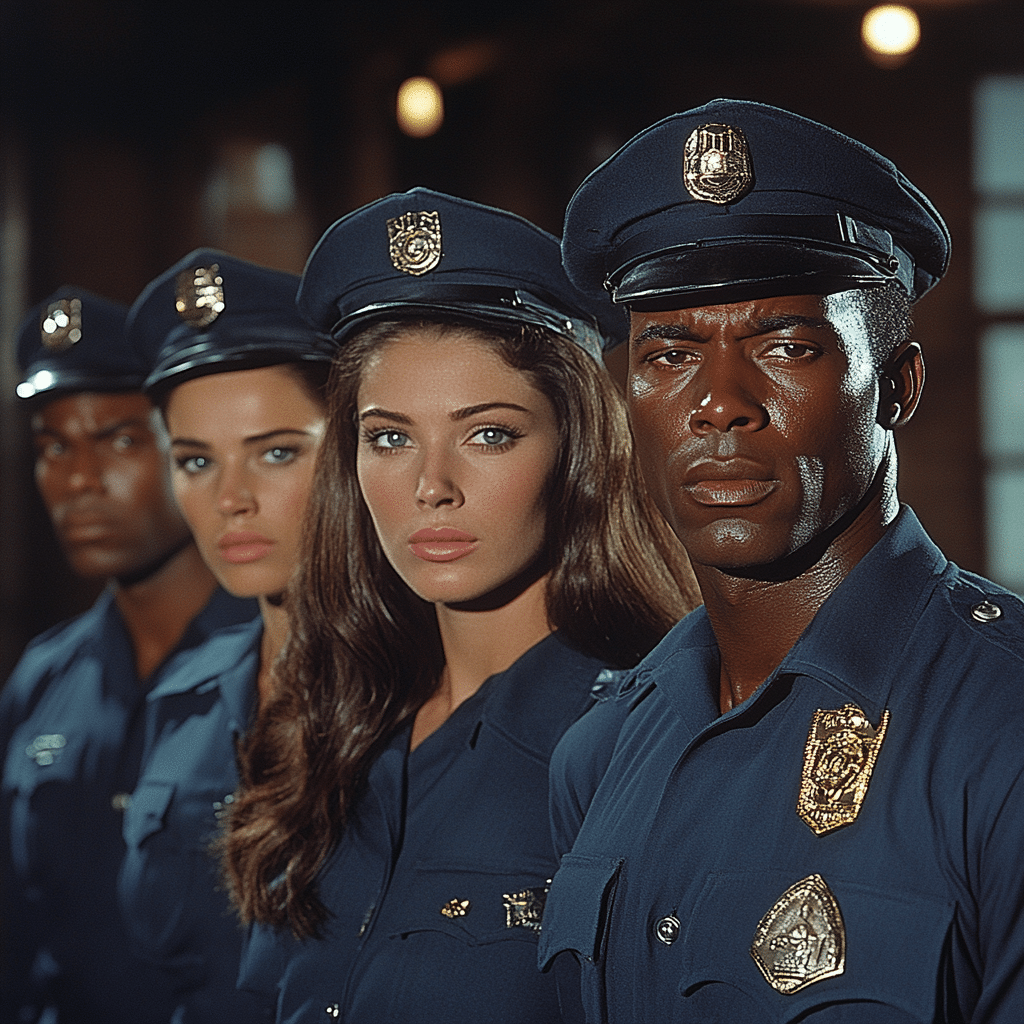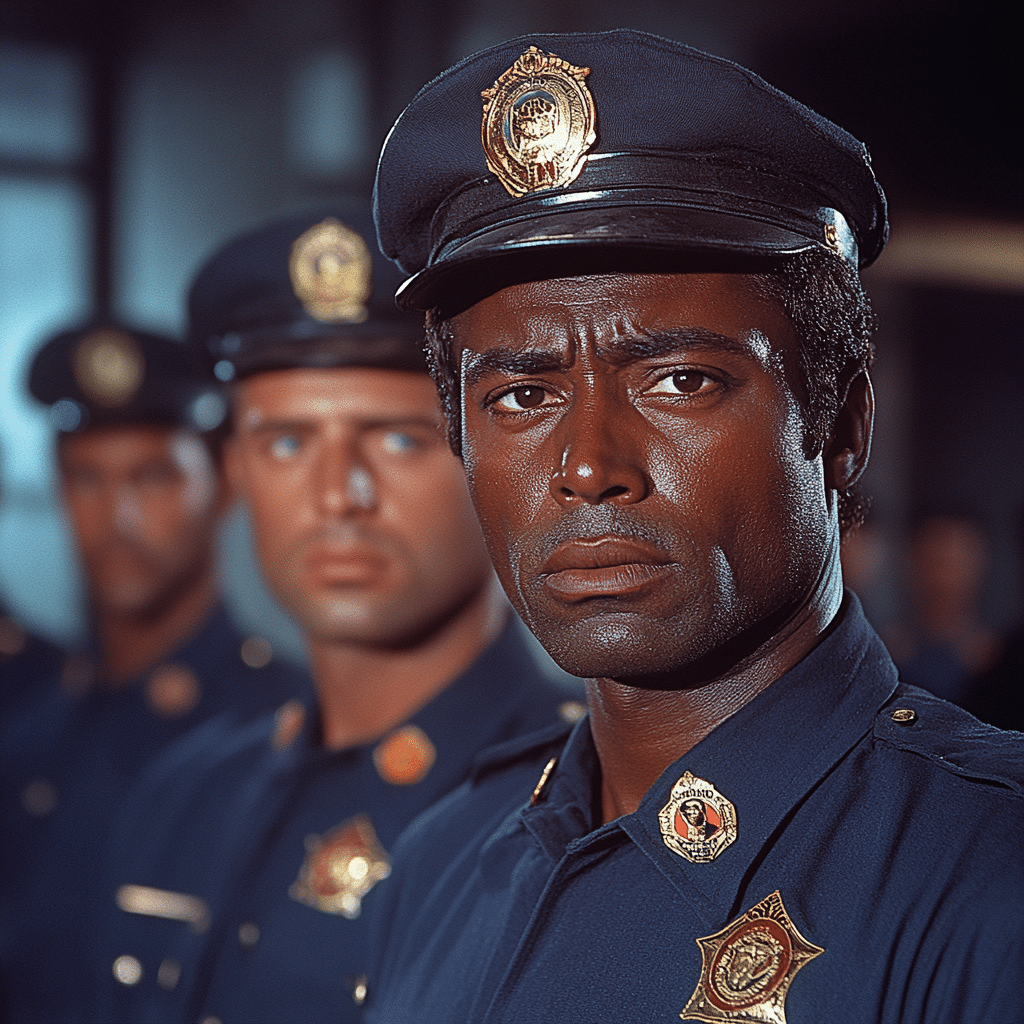The 1967 film In the Heat of the Night, under the direction of Norman Jewison, is much more than just a crime thriller; it’s an emotional rollercoaster and an eye-opener regarding race relations in America during the 1960s. The in the heat of the night cast 1967, led by extraordinary talents, pushed the narrative forward with performances that linger in memory long after the credits roll. Let’s dive into how each key player contributed to the film’s lasting impact and cultural significance.
1. Sidney Poitier: A Groundbreaking Role
Sidney Poitier stars as Virgil Tibbs, a Philadelphia detective drawn into a murder investigation in a Southern town rife with racial tension. Poitier’s performance was groundbreaking, challenging the stereotypes that pervaded film at the time. His portrayal encapsulated dignity and tenacity, not just reflecting the character on screen but also making a statement on race.
When he challenges an officer with the now-iconic line, “They call me MISTER Tibbs!” it’s not just a quote; it’s a powerful call for respect in a prejudiced environment. Poitier’s work shaped how viewers viewed black characters and laid the groundwork for future portrayals in cinema. His ability to meld vulnerability with strength makes his performance timeless and profoundly impactful.

2. Rod Steiger: An Intense Transformation
Rod Steiger takes on the role of Chief Gillespie, a character who embodies the old guard, grappling with his prejudices as he works alongside Tibbs. Steiger’s raw and intense performance illustrates Gillespie’s evolution from bias to begrudging respect for Tibbs. This transformation mirrors the societal shifts happening in the ’60s, making the film even more relevant.
Steiger’s depth shines through; he doesn’t just put on a tough exterior but reveals a complex character beneath. His narrative arc offers a rich layer to the story, as audiences can see the internal struggle that comes with change. The Oscar-winning performance exemplifies just how compelling acting can convey deeper truths about human relationships.
3. Warren Oates: The Agitative Presence
Warren Oates plays Officer Sam Wood, who represents the rampant racism of the time. Oates infused his role with a raw, unsettling energy that highlighted the societal fears and ignorance that plagued communities. His palpable tension with Tibbs creates an electric atmosphere that dives into the clash between their worlds.
The conflict Oates portrays unearths the underlying ideological battles within a racially divided society. It’s fascinating how an antagonistic character can evoke such strong reactions, emphasizing themes that resonate with audiences today. Through his performance, viewers gain insight not only into individual prejudice but also into the larger societal framework.

4. Lee Grant: The Complexity of Disparate Perspectives
Lee Grant delivers a noteworthy performance as the wealthy widow who finds herself unwittingly entangled in the murder case. Her character reflects the often-overlooked voices of women in a patriarchal society, showcasing resilience amidst male-dominated narratives. Grant’s portrayal elevates her character beyond a mere plot device; she embodies the complexities women faced during this era.
Through her nuanced performance, Grant beautifully walks the line between vulnerability and strength. Her interactions with Tibbs and Gillespie reveal the societal confines women navigated and their roles within these turbulent dynamics. These elements add richness to the film’s narrative tapestry, making it a compelling watch for contemporary viewers.
5. The Ensemble’s Contribution to Tension
While the leads shine brightly, the in the heat of the night cast 1967 features a remarkable ensemble that adds depth and dimension to the film. Actors like Bill Gunn and James Patterson contribute to the storyline with their varying representations of racial attitudes. Each character’s reaction to Tibbs influences the atmosphere and underlines the film’s examination of biases.
This diverse cast amplifies the tensions present in the southern town, reflecting how communities respond to change. From friendship to animosity, the supporting players breathe life into a world that might otherwise feel shallow. Their performances challenge the audience to confront uncomfortable truths about race relations.
6. Cinematic Legacy: Lasting Impact of the Cast
The in the heat of the night cast 1967 created performances that hold significant relevance even in today’s cinematic landscape. The film is frequently referenced by filmmakers exploring themes of race and justice, demonstrating how powerful storytelling can inspire dialogue about these crucial issues.
Poitier and Steiger’s chemistry serves as a blueprint for future collaborations and multi-faceted portrayals of conflict in cinema. Their work has paved the path for subsequent narratives that demand reflection and change, illustrating the potency of thoughtful acting in showcasing social realities.
Wrapping Up: A Film and Cast that Changed the Landscape
The in the heat of the night cast 1967 was a group of players who didn’t just act; they catalyzed a movement toward greater awareness and understanding in society. Their combined talents crafted a film that remains a pivotal touchstone in discussions about race, justice, and humanity. Through their powerful performances, they forged an indelible legacy that reverberates in modern cinema, reminding us of the necessity for art to reflect society and inspire change.
As movie lovers, we should cherish these performances, recognizing the depth they brought to a genre often overshadowed by the glitz of Hollywood. The lessons imparted by the in the heat of the night cast 1967 urge us not only to engage with powerful narratives but also to reflect on our own beliefs and perceptions in a world that definitely needs more thoughtful dialogue.
In the Heat of the Night Cast 1967: Fun Trivia and Interesting Facts
Historical Context and Impact
The In the Heat of the Night cast in 1967 didn’t just shine through their performances; they struck a profound chord during a pivotal moment in the Civil Rights Movement. Sidney Poitier, who played Virgil Tibbs, became the first Black actor to win the Oscar for Best Actor earlier in 1964, making waves that echoed throughout the industry. His role in this film not only highlighted racial tensions but also showcased a new, fearless portrayal of African American characters. Interestingly, Poitier improvised the now-iconic line, “They call me Mister Tibbs,” which perfectly encapsulates his character’s dignity. This moment, akin to the unexpected yet powerful themes in the heat Vs debate, reflects the film’s intense exploration of societal issues.
Behind-the-Scenes Secrets
In the shadows of the film’s set, the cast was just as intriguing as their on-screen personas. Director Norman Jewison fostered an environment that encouraged spontaneity. For instance, the famous scene where Tibbs slaps a racist character was shot in one take. It was so raw that you can almost feel the heat radiating off the screen. You may find it amusing that the production team had to deal with the unexpected challenge of rural Mississippi’s summer heat, a struggle comparable to the bizarre phenomenon of purple toothpaste found in popular culture. But even more ridiculous moments unfolded thanks to cast antics, including some friendly banter that perfectly resonates with the eccentricities of modern shows like the Pokemon anime series.
Legendary Cast Connections
The chemistry among the cast was electric, with Rod Steiger, who played the local police chief, providing an unforgettable foil to Poitier’s composed demeanor. Steiger and Poitier’s clash of personalities is akin to the dynamics we see in wrestling like Goldust Wwe, surrounding powerful confrontations that leave audiences on the edge of their seats. Their relationship evolved from friction to mutual respect, mirroring the historical context of America’s civil rights struggles. Fun fact: during filming, the crew had to work around the notorious Holehouse when they created crucial scenes in the small town, which led to some unexpected and memorable moments that underscore the commitment everyone had to delivering a remarkable film.
In reflecting on the In the Heat of the Night cast in 1967, it becomes clear that their performances did more than entertain; they sparked discussions and remain relevant in today’s society. Those behind-the-scenes tidbits only highlight the film’s significance and the vibrant legacy left by its cast—a legacy that stands the test of time, much like the enduring trends of fashion represented by styles such as the taper fade Bajo.





